SOBRE EL AUTOR/A

IMPULSE TRAVEL TEAM
Somos un equipo de narradores y les traemos lo mejor que Colombia tiene por ofrecer. En nuestro blog, respondemos a las preguntas más frequentes y revelamos los místerios, la cultura y lo mejor para hacer en nuestro país para ustedes.
Colombia se está convirtiendo rápidamente en uno de los destinos turísticos más populares del mundo. Con su vibrante cultura, sus impresionantes paisajes y su cálida hospitalidad, esta joya sudamericana tiene algo que ofrecer a todo el mundo. Pero, ¿por qué debería visitar Colombia en 2025? Aquí hay 20 grandes razones para hacer las maletas y experimentar la magia.
Una de las mejores razones para visitar Colombia en 2025 es la calidez y hospitalidad de sus gentes. Los colombianos son conocidos por su amabilidad y se esfuerzan al máximo para que disfrute de una experiencia inolvidable. No importa dónde se encuentre en Colombia, ya sea en Bogotá o Cartagena, puede esperar ser recibido con sonrisas genuinas e interacciones significativas.
La creciente industria turística del país no se limita a mostrar hermosos paisajes. También se trata de fomentar los contactos. No pierda la oportunidad de conocer a nuestros agentes de cambio locales, deseosos de compartir su cultura y sus historias. Estos encuentros hacen que cada viaje sea inolvidable, añadiendo un toque personal a su exploración de Colombia.


La producción de café aporta ingresos a más de 500.000 familias de caficultores. Colombia cuenta con numerosas cafeterías, tiendas y excursiones en la región cafetera, llamada «Eje Cafetero», al sur de Medellín. Tiene un clima agradable y permite experimentar la vida de un caficultor. Aprenderás cómo se elabora este popular producto desde la semilla hasta la taza e interactuarás con algunos agricultores locales.
¡Explora nuestros tours en la zona cafetera aquí!
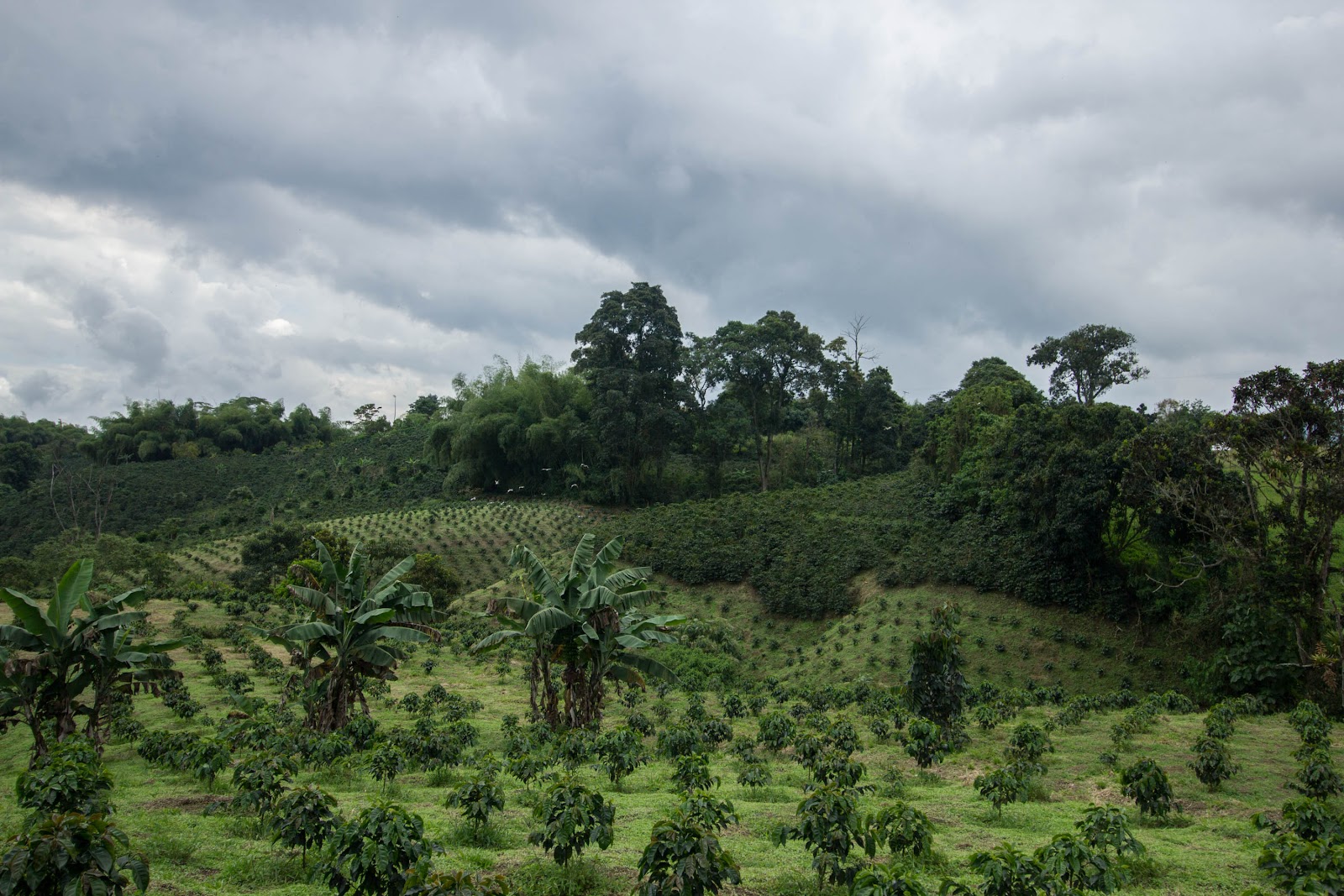



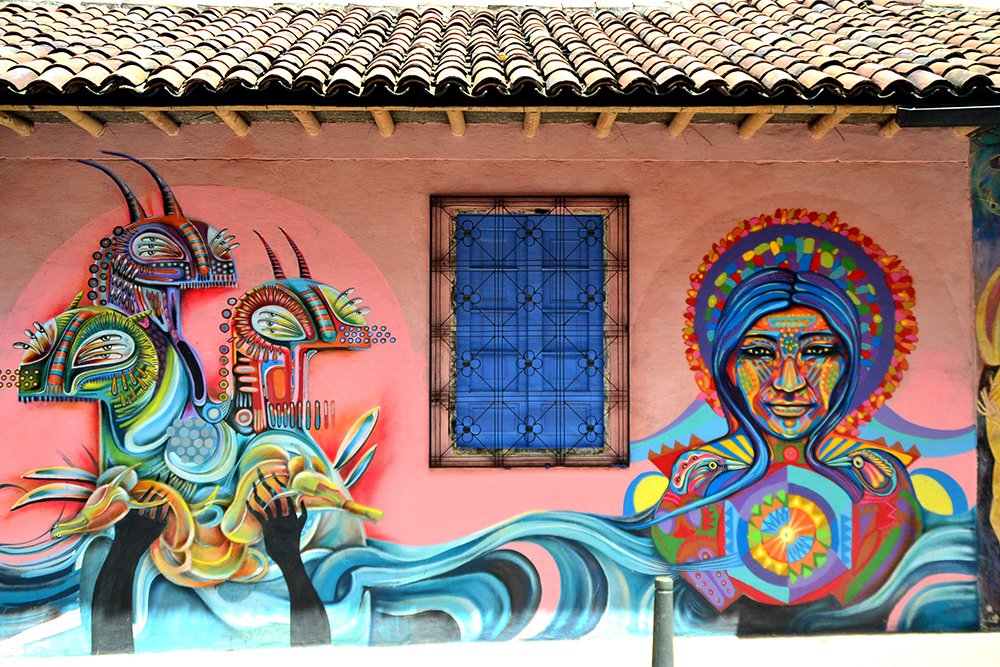

Paloquemao Market Fruit Tour


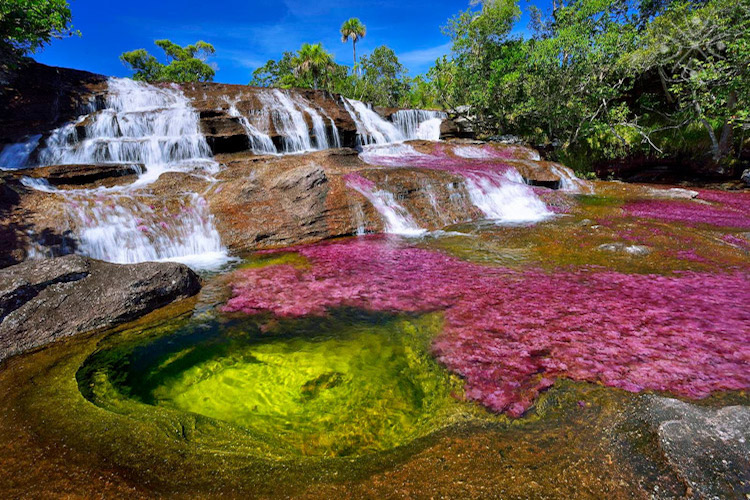
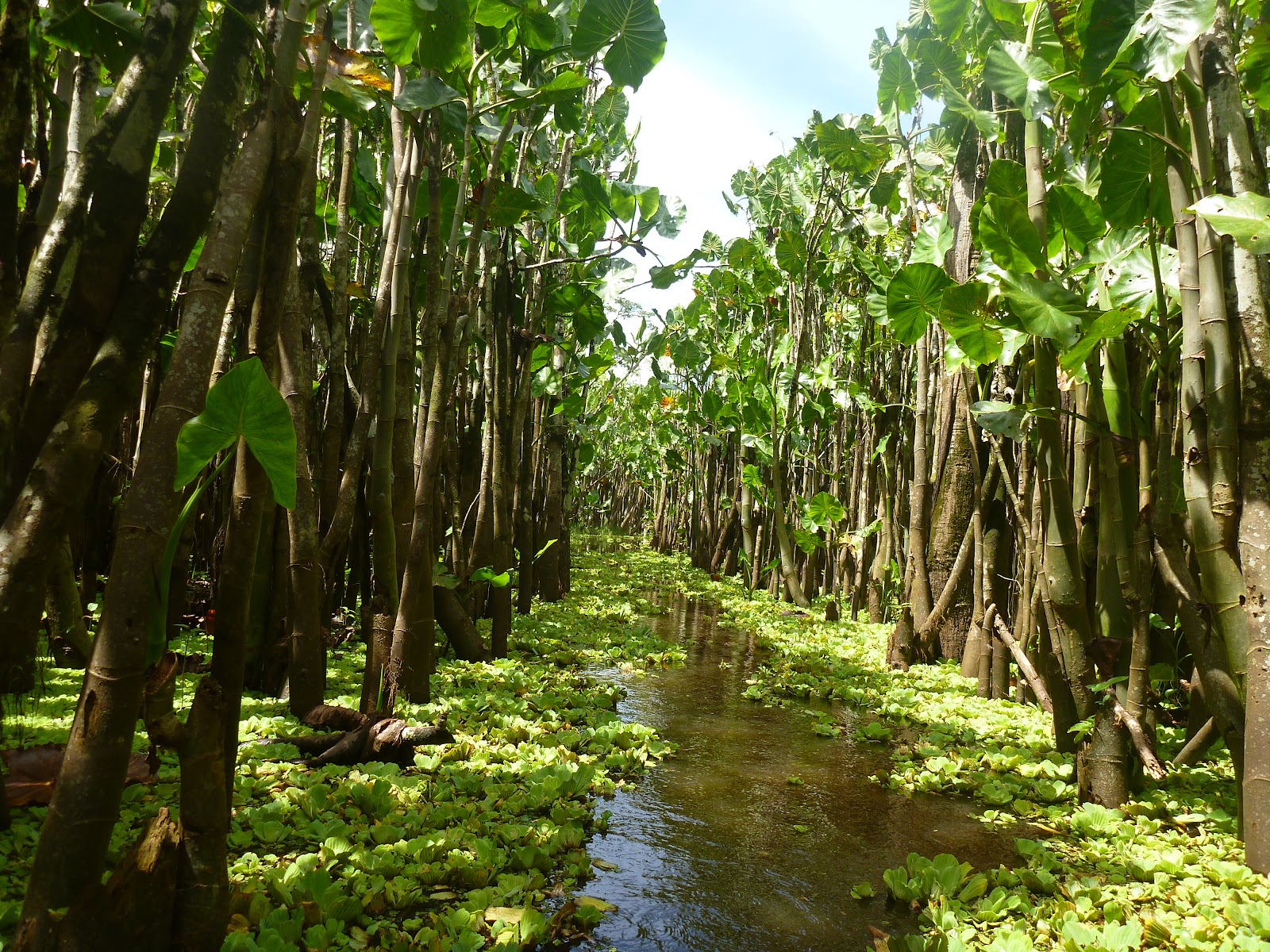


Image source: https://destinationlesstravel.com/2018/06/30/las-lajas-sanctuary/



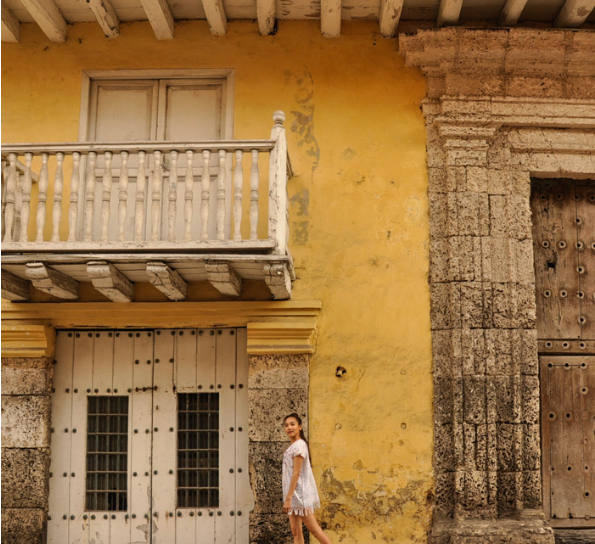


¿Está preparado para visitar Colombia en 2025?
Colombia se está convirtiendo en un destino turístico imprescindible, con un gran aumento de visitantes de todo el mundo en los últimos cinco años. Con sus playas caribeñas, picos nevados de las montañas andinas, selvas tropicales y parques nacionales, Colombia tiene algo para todo tipo de viajeros.
Con Impulse Travel, podrá experimentar la belleza de Colombia y, al mismo tiempo, tener un impacto positivo. Nuestros viajes son liderados por agentes de cambio locales apasionados por sus comunidades y comprometidos con el turismo sostenible.
Haga clic aquí para empezar a planear su viaje de ensueño o eche un vistazo a todas nuestras experiencias de viaje a Colombia.
1. Conectar con gente cálida y acogedora
Colombia es más que un destino; es un rico tapiz de culturas y tradiciones que reflejan sus raíces multiétnicas. Con cerca de 50 millones de habitantes, la población es una mezcla única de herencia europea, africana y amerindia, siendo la cultura española la de mayor influencia. Los ejemplos más llamativos de esta diversidad se encuentran en las tierras altas de los Andes y a lo largo de la costa caribeña, donde las comunidades viven en armonía con sus ricas tradiciones.Una de las mejores razones para visitar Colombia en 2025 es la calidez y hospitalidad de sus gentes. Los colombianos son conocidos por su amabilidad y se esfuerzan al máximo para que disfrute de una experiencia inolvidable. No importa dónde se encuentre en Colombia, ya sea en Bogotá o Cartagena, puede esperar ser recibido con sonrisas genuinas e interacciones significativas.
La creciente industria turística del país no se limita a mostrar hermosos paisajes. También se trata de fomentar los contactos. No pierda la oportunidad de conocer a nuestros agentes de cambio locales, deseosos de compartir su cultura y sus historias. Estos encuentros hacen que cada viaje sea inolvidable, añadiendo un toque personal a su exploración de Colombia.

2. Las playas
Colombia posee algunas de las playas más hermosas del mundo, desde el Caribe hasta la costa del Pacífico. Con aguas cristalinas y arena blanca, estas playas son perfectas para relajarse y disfrutar del sol. En Colombia hay 300 playas increíbles, así que seguro que encuentra una a su gusto. Dos de las zonas playeras más populares son las Islas del Rosario y las playas del Parque Nacional de Tayrona. Obtén más información sobre el Parque Tayrona en nuestra entrada del blog sobre los mejores parques nacionales de Colombia.
3. El café
Si le gusta el café, Colombia es una visita obligada en 2025. El café colombiano es conocido en todo el mundo y es uno de los principales productos de exportación del país. Colombia tiene el clima perfecto para cultivar el mejor café del mundo. Aunque la mayor parte del café se exporta, todavía se puede tomar una buena taza junto a un cafetero local mientras se escuchan sus historias y recuerdos.La producción de café aporta ingresos a más de 500.000 familias de caficultores. Colombia cuenta con numerosas cafeterías, tiendas y excursiones en la región cafetera, llamada «Eje Cafetero», al sur de Medellín. Tiene un clima agradable y permite experimentar la vida de un caficultor. Aprenderás cómo se elabora este popular producto desde la semilla hasta la taza e interactuarás con algunos agricultores locales.
¡Explora nuestros tours en la zona cafetera aquí!
4. Celebra en los mejores carnavales de Colombia
Si quiere conocer la gente y la cultura de Colombia, tiene que visitar uno de sus festivales. Puede asistir al Carnaval de Barranquilla, el segundo más importante del mundo, o al Carnaval de Blancos y Negros de Cali. Durante las fiestas, toda la ciudad se cierra durante unos días y todo el mundo se reúne para celebrar con bailes, música y bebida. Las calles se llenan de desfiles y fiestas. Los carnavales son una gran atracción para los turistas, que son muy bien recibidos por los lugareños. Si se encuentra en Colombia durante uno de estos festivales, le recomendamos encarecidamente que participe en alguno de ellos. Para más información, lee nuestro blog sobre las mejores fiestas de Colombia.
5. La comida
Colombia tiene una cocina rara y deliciosa, única en el mundo. La variedad de climas y altitudes permite a los agricultores locales cultivar una gran variedad de productos durante todo el año, y el país alberga una serie de frutas y verduras únicas. El país se enorgullece de sus comidas caseras. Los zumos son populares, así como las arepas de arroz y maíz. No hay que perderse la limonada de coco. Así como la bandeja paisa, un enorme plato con tres tipos diferentes de carne, arroz, judías, patatas y una pequeña ensalada. Especialmente si es amante de la carne, esta cocina no le defraudará. Los platos varían según el lugar del país en el que se encuentre y dependiendo de la especialidad local. Conoce otros platos y comidas típicas en Colombia.6. La vida nocturna
Colombia es conocida por sus bares y discotecas salvajes. A los colombianos les encanta bailar y salir de fiesta. Todas las ciudades tienen una gran vida nocturna, y a la gente le gusta bailar hasta el amanecer. En la vida nocturna del país se pueden encontrar influencias de todas partes, con tradiciones e influencias culturales de cada zona.
7. El arte callejero
En 2011, Bogotá tomó la decisión de despenalizar el grafiti, lo que ha dado lugar a una nueva era de creatividad en la ciudad. Los pasos elevados, los bloques de oficinas y los muros municipales se han convertido en lienzos para algunos artistas callejeros de gran talento. La zona antigua de la ciudad, La Candelaria, forma parte de una iniciativa de la alcaldía para proteger las estructuras históricas catalogadas. En otros distritos, sin embargo, se ha permitido que la expresión florezca.8. La ciudad perdida
Una de las actividades más populares entre los turistas es la excursión a la antigua ciudad perdida, escondida en la Sierra Nevada de Santa Marta. Se cree que el yacimiento arqueológico de Teyuna, en el extremo norte del país, se fundó a principios del siglo IX, lo que la hace unos 650 años más antigua que el Machu Picchu peruano. La ciudad fue antaño el hogar del pueblo Tayrona.9. Frutas exóticas
La biodiversidad no es sólo cosa de plantas y animales. Este país también cuenta con una enorme variedad de plantas comestibles. Las frutas exóticas de Colombia son una auténtica maravilla. Crecen en todos los climas, ya sean fríos, cálidos, tropicales o secos. Muchas son autóctonas y no se encuentran en ningún otro lugar del mundo. Si acude a un mercado local, podrá degustar coloridas frutas como guayabas, frutas del dragón, zapotes y lulos. Conseguir tus «cinco al día» nunca ha sido tan fácil.Paloquemao Market Fruit Tour
10. El arte de Botero
Fernando Botero es un famoso pintor y escultor figurativo conocido por sus obras satíricas. Ha creado arte con rasgos más grandes que la vida real, dando la impresión de personas o animales obesos. Sus obras se han expuesto en Singapur y Nueva York. También puedes encontrar sus esculturas repartidas por su ciudad natal, Medellín, y sus pinturas están expuestas en el Museo Botero, en el centro de Bogotá.11. Caño Cristales
Caño Cristales es probablemente uno de los ríos más bellos del mundo. La mayor parte del año tiene un aspecto bastante normal, pero entre septiembre y noviembre ocurre algo asombroso: ¡se convierte en un río arco iris! Está coloreado en cinco tonos diferentes: rojo, verde, morado, amarillo y azul. Por eso también se le llama río Arco Iris.12. La Amazonia
El Amazonas es un lugar increíble para los turistas que quieren acercarse a la naturaleza y conocer algunas de las culturas más importantes del país. Aproximadamente un tercio de Colombia es selva. La capital del departamento, Leticia, es un pequeño y acogedor lugar situado justo en la frontera con Brasil y Perú. Pero la principal razón para visitarla es el río Amazonas y la selva tropical que lo rodea. Allí hay plantas y animales extraños y exóticos. La selva es la más larga del mundo, con 6.800 kilómetros. En ella viven 212 especies de mamíferos y 195 de reptiles. Si quieres saber más, lee la entrada de nuestro blog sobre la Amazonia colombiana.13. El desierto
El desierto de la Tatacoa no es en realidad un desierto. Es un bosque tropical seco con un terreno rico y colorido. Hace millones de años, era un frondoso bosque lleno de plantas y animales. Hoy, la tierra y la roca están donde antes estaban los árboles y las flores. La tierra no está cubierta de dunas, como cabría esperar, sino de cañones rocosos que forman laberintos secos cuyos colores rojos y grises se ven interrumpidos por algún que otro arbusto verde. Está considerado uno de los mayores yacimientos de fósiles de vertebrados de Sudamérica y ha sido declarado Patrimonio de la Humanidad por la UNESCO. Echa un vistazo a la entrada de nuestro blog para saber cómo visitar y qué hacer en el Desierto de la Tatacoa.14. La iglesia gótica
El Santuario de Las Lajas (también llamado Catedral de Las Lajas) es conocido tanto por la leyenda que lo rodea como por su impresionante arquitectura. La iglesia de estilo gótico, que cruza el río Guaitara, tiene una estructura impresionante. Se construyó entre 1916 y 1949. Cuenta la leyenda que la Virgen visitó a una madre y a su hija sordomuda durante una fuerte tormenta. Años más tarde, tras la muerte de la hija, la madre regresó al lugar y la Virgen María la reunió con su hija. Se dice que la zona tiene poderes curativos, y ha habido muchos informes al respecto a lo largo de los años.Image source: https://destinationlesstravel.com/2018/06/30/las-lajas-sanctuary/
15. La naturaleza y los parques (nacionales)
Si le gusta sumergirse en la naturaleza durante sus vacaciones, este país es una excelente opción para usted. Hay muchas posibilidades de practicar senderismo y trekking. También hay muchos parques de fácil acceso en las ciudades. Bogotá cuenta con el impresionante Parque Simón Bolívar, más grande incluso que el Central Park de Nueva York. Las posibilidades de evadirse en la naturaleza son infinitas. El país cuenta con 59 parques nacionales naturales, que varían en paisaje, clima y ecosistemas. Muchos de ellos ofrecen experiencias únicas a los visitantes. Todos los parques nacionales están diseñados para proteger la fauna, los ecosistemas, la cultura y el patrimonio arquitectónico de la zona. Se puede visitar tanto la selva tropical como las montañas, ambas con especies raras de animales salvajes. Las montañas andinas ofrecen algunos de los puntos más altos de Colombia y también algunos de los paisajes más bonitos.16. La Historia
Probablemente ya conozca un poco la historia de Colombia, es bastante fascinante. La historia se remonta a siglos atrás, con comunidades de la época de la conquista española que crearon muchos de los pueblos y ciudades. El país ha sido moldeado por sus poblaciones nativas, así como por los españoles, franceses y británicos. Muestra su historia como colonia de España. Colombia suele considerarse el país más católico de Sudamérica, y la mayoría de sus habitantes están orgullosos de la pureza de su lengua española. El país está superando su historia de los últimos 50 años. Hubo una guerra civil, pero en 2016 se firmó un acuerdo de paz.
17. La música y los ritmos
El baile y la música forman parte de la cultura colombiana desde hace mucho tiempo. Representan las distintas influencias y son una parte importante de ella. La música de la región andina es una mezcla de influencias indígenas y españolas, interpretada principalmente con instrumentos de cuerda y viento. En cambio, la música de la costa tiene una clara influencia africana. Los ritmos de tambores son una parte importante. La salsa, la cumbia y el vallenato son estilos muy populares en todo el país y ahora han llegado al público mundial. El estilo de baile más popular del país es la cumbia, que también resulta ser una de las formas musicales más populares de toda Latinoamérica.18. Ciudades y pueblos
Las dos ciudades coloniales más conocidas de Colombia son Bogotá y Cartagena. Ambas ciudades tienen hermosos barrios antiguos con arquitectura de estilo español, preciosas iglesias, estatuas y plazas. Si busca algo más pequeño, Villa de Leyva está a sólo tres horas en coche al norte de Bogotá. Villa de Leyva es un lugar encantador con bonitas calles empedradas. Se encuentra cerca de una zona desértica con fósiles de dinosaurios y restos de un imperio anterior. Otra ciudad que hay que visitar es Medellín, la segunda ciudad más grande de Colombia. Es una zona urbana en rápido desarrollo que ha experimentado una importante transformación social en los últimos 20 años. Ha pasado de ser una de las ciudades más violentas del mundo a convertirse en un galardonado centro de innovación, y ahora es un modelo para otras ciudades del mundo. Puedes leer más sobre la transformación de Medellín en nuestra serie de entradas de blog.19. La Catedral de Sal
A poca distancia de Bogotá se encuentra la ciudad colonial de Zipaquirá, que alberga una de las atracciones más populares del país: la catedral subterránea de sal. La catedral se encuentra dentro de los túneles de una mina de sal a 200 metros de profundidad. Se construyó con 250.000 toneladas de sal gema y mide 75 metros de largo y 18 de alto. Se inauguró en 1954, excavada en los depósitos de sal de la ciudad y utilizada tradicionalmente por los mineros. La mina es el mayor yacimiento de sal gema del mundo. Hoy es un lugar de peregrinación para muchos católicos. La catedral de la sal es una iglesia en funcionamiento, pero no tiene obispo y no está reconocida oficialmente como catedral en el catolicismo.20. La seguridad
Colombia no siempre ha sido un destino turístico de primer orden debido a problemas de seguridad en el pasado. Sin embargo, en los últimos 20 años, el país se ha vuelto mucho más seguro, solucionando muchos de sus problemas. Sus capitales, Medellín, Cali, Bogotá y Cartagena, son hoy lugares más seguros. Verá muchos turistas extranjeros por todas partes en Colombia, y los lugareños están contentos de tener una industria turística en crecimiento.
¿Está preparado para visitar Colombia en 2025?
Colombia se está convirtiendo en un destino turístico imprescindible, con un gran aumento de visitantes de todo el mundo en los últimos cinco años. Con sus playas caribeñas, picos nevados de las montañas andinas, selvas tropicales y parques nacionales, Colombia tiene algo para todo tipo de viajeros.
Con Impulse Travel, podrá experimentar la belleza de Colombia y, al mismo tiempo, tener un impacto positivo. Nuestros viajes son liderados por agentes de cambio locales apasionados por sus comunidades y comprometidos con el turismo sostenible.
Haga clic aquí para empezar a planear su viaje de ensueño o eche un vistazo a todas nuestras experiencias de viaje a Colombia.







